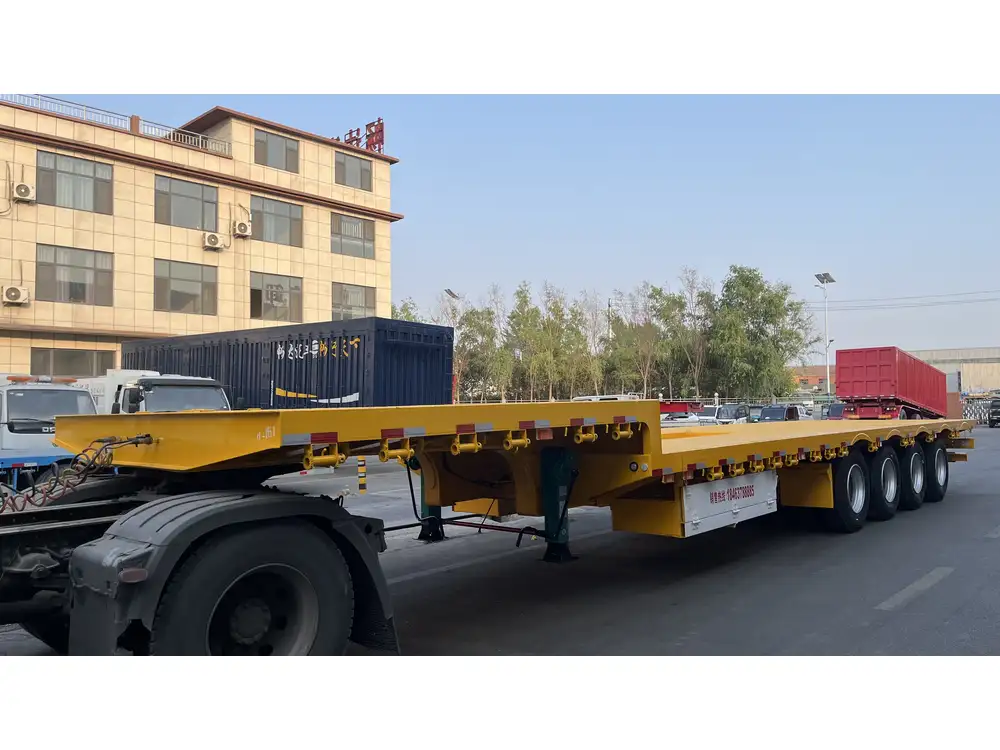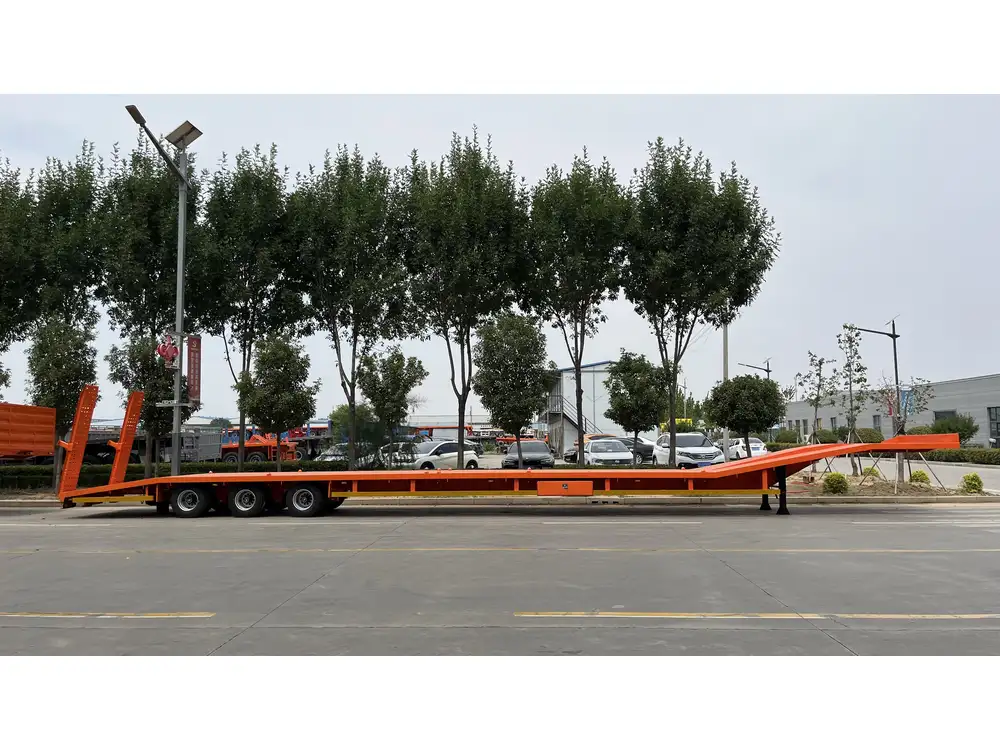Installing tank plumbing on your trailer camper is a vital step in ensuring your RV experience is comfortable, functional, and efficient. This comprehensive guide meticulously details the process, breaking it down into manageable steps and providing rich insights into each facet of installation. Whether you’re a seasoned DIY enthusiast or a novice wanting to upgrade your camper, this step-by-step article will equip you with the knowledge to tackle your tank plumbing with confidence.
Understanding the Essential Components of Tank Plumbing
Before diving into the installation process, it’s crucial to familiarize yourself with the essential components involved in tank plumbing. Understanding these parts will aid in better comprehension of the installation procedure.
Key Components
| Component | Description |
|---|---|
| Fresh Water Tank | Holds potable water for drinking and washing. |
| Grey Water Tank | Collects wastewater from sinks and showers. |
| Black Water Tank | Collects wastewater from the toilet. |
| Pipes and Hoses | Connects tanks to fixtures and drainage systems. |
| Valves | Regulates flow, often used to drain and fill tanks. |
| Fittings | Connects pipes and hoses, ensuring watertight seals. |
| Pump | Moves water from the fresh water tank to fixtures. |
| Level Indicators | Monitors the water levels in tanks. |

Importance of Proper Installation
Proper installation of tank plumbing ensures not just efficiency but also longevity of the system. An ill-fitted installation can lead to leaks, water contamination, and increased maintenance costs. A systematic approach can prevent these issues and enhance your overall RV experience.
Tools and Materials Needed for Installation
To successfully install tank plumbing, having the right tools and materials at hand is essential. Below is a list of tools and materials that will make the job efficient and straightforward.
Tools Required
- Wrenches and Sockets: For tightening fittings and connections.
- Drill and Drill Bits: Useful for making holes and securing the tanks.
- Screwdriver Set: For fixing screws in place, especially on brackets.
- Pipe Cutter: To cut pipes to the desired lengths.
- Tape Measure: For accurate measurements.
- Level Tool: To ensure tanks are installed evenly.
- Bucket: To catch any spills during installation.

Materials Required
- Fresh Water Tank: Sufficient capacity based on the number of occupants.
- Grey Water Tank: Sized to manage the wastewater generated.
- Black Water Tank: Adequate for toilet waste; typically larger than grey water.
- PVC or PEX Pipes: For connecting the tanks to fixtures.
- Hoses: Flexible connections for various plumbing components.
- Valves and Fittings: Variety and necessary PSI ratings for durability.
- Sealant Tape: To ensure watertight seals on joints.
- Mounting Brackets: For securing tanks to the camper frame.
Step-by-Step Guide to Installing Tank Plumbing
Step 1: Planning the Installation
Detailed Planning: Start by mapping out the plumbing layout. Ensure you have discussed the location of each tank and the associated plumbing runs. Consider the length of the pipes and the potential for bends or loops that might restrict flow.

Step 2: Positioning the Tanks
Choose Locations: Select suitable positions for your fresh water, grey water, and black water tanks. Ensure they are easily accessible for maintenance and that the fresh water tank is positioned higher to facilitate gravity flow if needed.
Secure the Tanks: Use mounting brackets to securely position each tank. Level the tanks using the level tool to prevent leaks and ensure proper functioning.
Step 3: Installing the Fresh Water Plumbing
Connect the Fresh Water Tank: Using the appropriate fittings, connect the fresh water tank to the pump. Use secure sealant tape on the threads to avoid leaks.
Run the Water Lines: Route the water lines from the pump to the various fixtures (sink, shower, etc.). Ensure the pipes are adequately secured along their lengths to minimize movement and wear.
Install the Pump: Position the pump as close to the tank as possible, making sure to follow the manufacturer’s guidelines for height and connection areas. Use rubber mounts if required to minimize vibrations.
Step 4: Installing the Grey and Black Water Systems

Grey Water System Installation
Connect the Grey Water Tank: Use PVC pipes to connect your sink and shower drains to the grey water tank. Ensure all connections are fitted tightly and properly sealed.
Install the Drain Line: Route the drain line from the grey water tank to the exit point of your trailer. Use a check valve to prevent backflow.
Black Water System Installation
Connect the Toilet to the Black Water Tank: Utilizing a larger diameter pipe, connect the toilet directly to the black water tank. Ensure that the inlet is positioned lower than the tank to promote effective drainage.
Ventilation: Install a vent pipe leading from the black water tank to the exterior of the trailer to reduce odors. Vent pipes should be appropriately sized according to local code requirements.
Step 5: Level and Test All Connections
Once everything is connected, double-check that all pipes are level and secure. Ensure that all connections are tight, using your wrench set to avoid leaks.

Step 6: Filling and Testing the System
Fill the Fresh Water Tank: Start by filling the fresh water tank and turning on the pump.
Check for Leaks: Walk through the system, checking each connection for leaks or drips.
Test Fixtures: Run the sink and shower to ensure water flows correctly. Also, test the toilet, verifying that it flushes properly and that the black water tank fills as expected.
Step 7: Final Touches and Maintenance Tips
Clean Up: Remove any tools, excess materials, and debris from the installation site to ensure safety and cleanliness.
Routine Maintenance: Regularly check all connections and tank levels. Consider installing level indicators in your grey and black water tanks for easier monitoring.
Winterization: If you’re in a colder climate, add procedures for winterizing your plumbing system to prevent freezing.
Common Issues and Troubleshooting

Issue: Water Leakage
Solution: Inspect all joints for tightened connections; use tape where necessary to improve seals.
Issue: Slow Drainage
Solution: Check piping for clogs or bends; clear any blockages with appropriate methods or tools.
Issue: Odor Problems
Solution: Ensure that the vent pipes are installed correctly and there are no leaks in the black water system. Regularly use enzyme treatments in the black water tank to control smells.

Issue: Inaccurate Level Readings
Solution: Frequently recalibrate or replace sensors if you’re using electronic level indicators. Regularly check visual indicators.
Concluding Remarks
Installing tank plumbing on a trailer camper may seem daunting initially. However, with thorough planning, the right tools and materials, and a systematic installation procedure, you can accomplish it effectively. This guide serves as a detailed resource to help you navigate the intricacies of installing tank plumbing and troubleshoot common issues that may arise.
Moreover, maintaining the systems once installed will save you time, ensure optimal functionality, and enhance your traveling experience. With diligence, attention to detail, and a proactive approach, you’ll create a seamless plumbing experience in your trailer camper, allowing for worry-free outdoor adventures. By following this comprehensive guide, you’re on your way to becoming adept in the essential mechanics of RV maintenance and upgrades.



